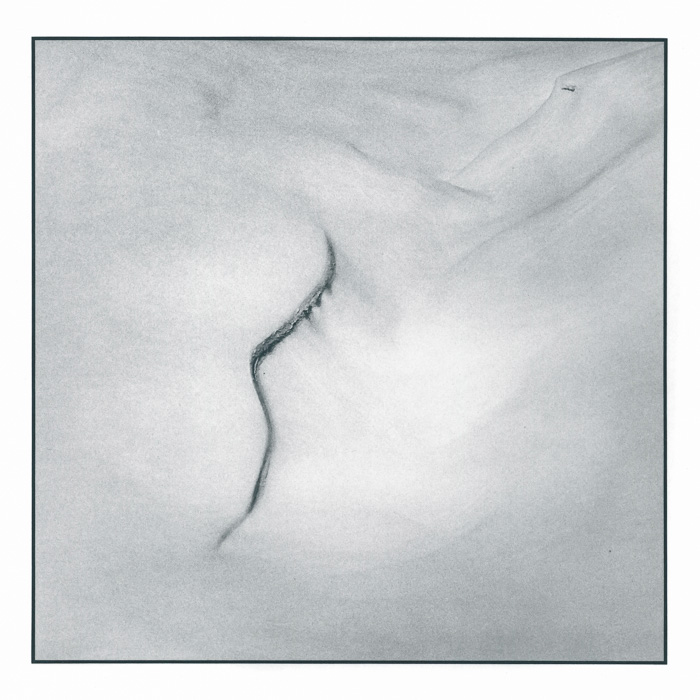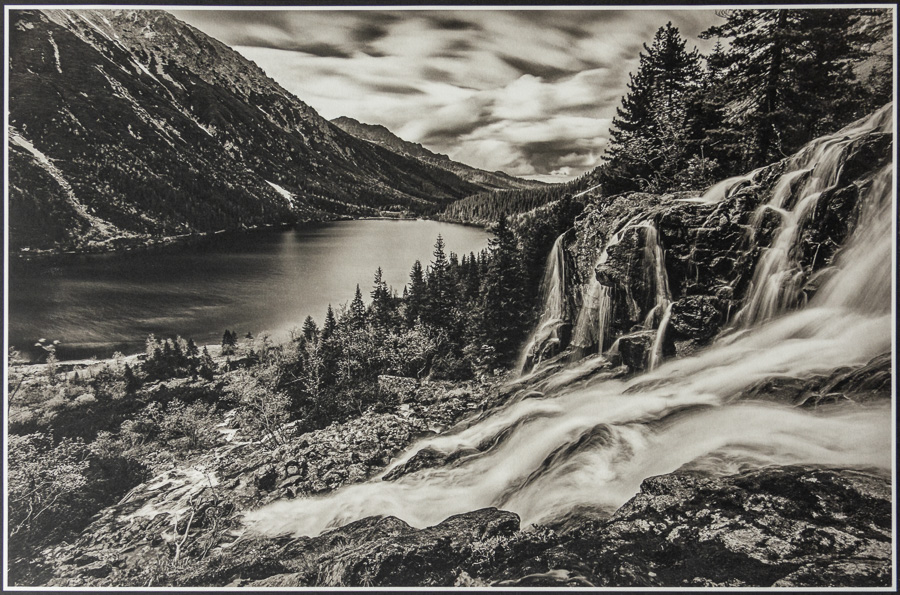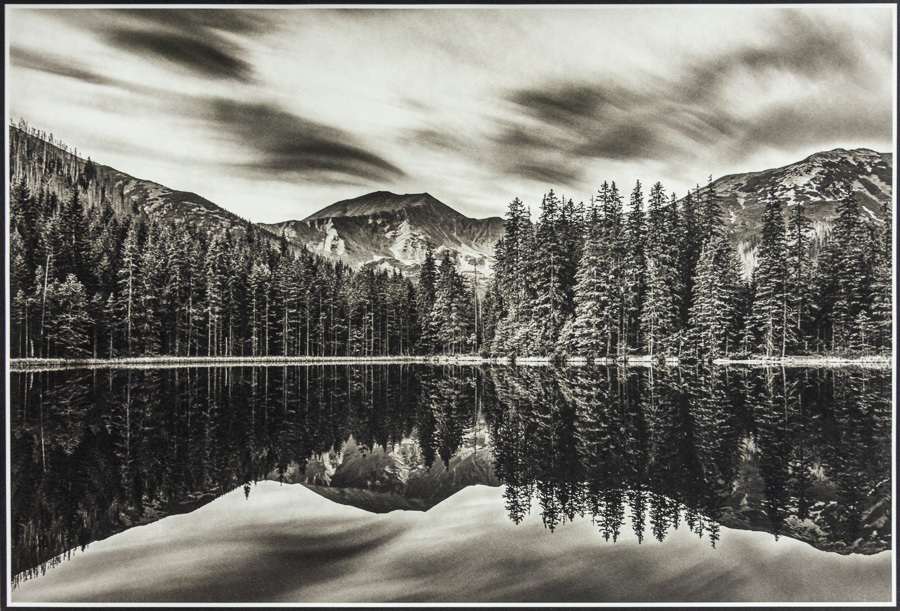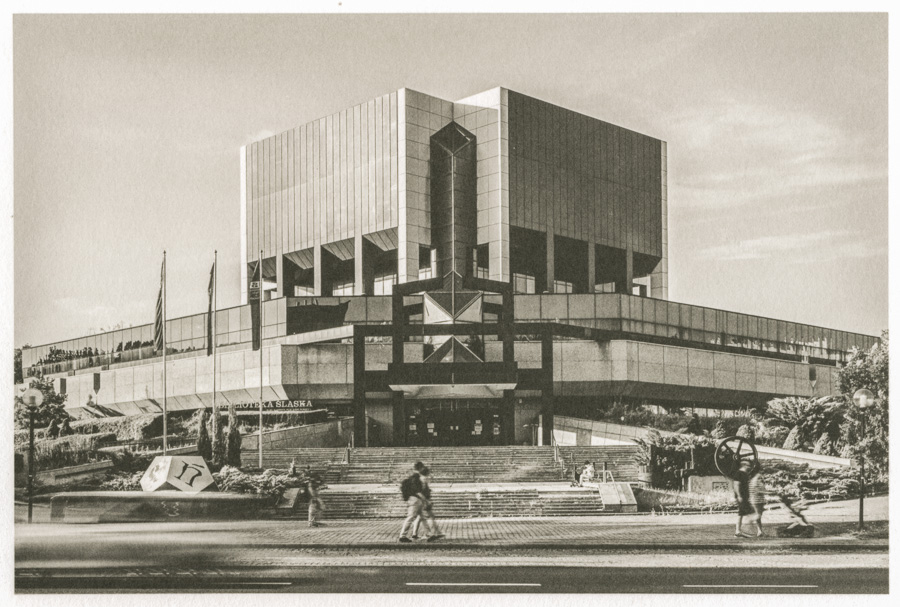Platinotype / Palladotype - Level II Masterclass Workshops (advanced)
Workshop are conducted by: artist photographer Krzysztof (Chris) Strzoda
More about the workshop leader: authors website http://kstrzoda.com
The proprietary Masterclass Workshops are a unique opportunity to see the workshop and gain knowledge directly from an artist who has repeatedly participated and won awards in various competitions, including historical techniques competitions.
Date: next in 2025 or ask
Standard group 3-5 persons, individual/solo possible (for request)
Workshops duration: 16 hours (Saturday and Sunday)
Price: 370 Euro (incl.VAT/gross price)
Registration/questions: edutechpl [[at]] gmail [[dot]] com
Description:
The workshops is dedicated to participants of the "Technique of Platinotype / Palladotype - Level I" and all those who already create works using the classic method of Platinotype / Palladotype.
It is also recommended that you complete the "Platinotype Level I" and "Digital Negative Workshops" before starting your platinotype training.
The aim of the workshops is to broaden the skills of the already performed classical process and to learn about other modern variants of DOP and POP techniques, with particular emphasis on the Malde-Ware technique.
The workshops covers theoretical and practical issues of preparing a print of a wide range of colors from digital photographs or scans of analog negatives. You will learn about the differences between the various variants of Platinotype and Palladiotype techniques (classic and MW) and the methods of influencing their tone and contrast. Each stage learned in the basic scope will be widely discussed and extended with additional knowledge and possibilities, the knowledge of which affects the skills, as well as will become the basis for later conscious, creative use in the created works.
In addition, you will learn a variety of papers for creating works, methods of their initial preparation, techniques of finishing prints and archival issues, as well as methods useful in mixed techniques (e.g. Cyanotype over Platinotype).
During the workshops:
- you will learn how to prepare a print using the platinum / palladium technique,
- with the help of the teacher, you will prepare two digital negatives for work in the palladotype / platinum-type technique,
- you will prepare 3 different papers coated with the sensitizing solution on your own,
- you will make prints in the palladotype / platinum-type technique (up to 3 pcs),
- you will gain a broader understanding of the different process variants and materials used, their features and factors influencing the final picture,
- you will learn what to look for in order to avoid common mistakes at different stages of the process,
- you will get tips for your creative development.
Note: the range of exercises performed differs from those performed in the basic workshop.
In addition, it is a unique opportunity to learn how to assemble tools for working with the platinotype/palladiotype printing technique or how to prepare/build tools yourself, as well as learn about the sources of purchase.
We provide all participants of the workshops with:
- materials necessary to work in the workshops program (reagents, papers, foils, etc.),
- a professionally equipped workshops / darkroom,
- printing of two digital negatives,
- drinks (coffee, tea, juices, water min.) during the course.
Maximum group size - 5 people
Workshops plan (Advanced level):
Most of the advanced issues related to Platinotype / Palladotype also apply to other iron techniques, such as cyanotype, kallitype, argyrotypia, etc.
0. Discussion of the necessary tools, health and safety issues (reading the regulations, safety data sheets and process cards).
1. The process of Platinotype / Palladotype - a summary of workshops issues.
2. Technique and a place for experiments and art. Technology for photography or for art?
3. Necessary tools - comfort version (advanced lab).
4. Paper selection - features of modern papers, additives used and the influence on the behavior of iron processes, selection of papers for iron techniques, advanced techniques of preparing papers, main types of papers used (cold / hotpres, watercolor, velum, washi / japan), etc.
5. Variants of the DOP and POP Platinotype / Palladotype processes
a) process characteristics and differences - contrast, color and tonal range, influence of environmental factors, used reagents and formulas, laboratory issues, durability of reagents, requirements for negatives, etc.
b) methods of maintaining humidity
c) archival status of the prints made
6. Preparation of a digital negative.
7. Preparation of photosensitive paper in the Malde-Ware Pt / Pd technique - learning the technique appropriate for the substrate: cotton paper, textured paper, velum, e-sumi / Japanese papers. Mixed techniques (NC over Pt).
8. Exposing, developing and clearing prints. Control of the correctness of execution, factors influencing the sharpness of the contact print.
9. Basic final issues (drying, straightening, retouching, documentation / reproduction / scanning, archiving, problem solving).
10. Summary of the workshops.
*Platinotype / Palladotype
A historical photographic technique that enables obtaining photographic images considered to be the most durable in terms of archival performance, in which a photographic image is created in the process of UV irradiation of handmade paper covered with a sensitizer solution; after exposure and wet processes of development and clarification created image consists only of colloidal particles of the most durable precious metals: platinum, palladium or their mixture and sometimes also with the addition of other precious metals, e.g. gold (the composition depends on the individual preparations made by the author sensitizer solutions). The technique involves contact exposure: the image is exposed from a negative of the same size as the contact print, placing it directly on sensitized paper.
Specially selected top-quality papers with a natural cotton or linen base, also created in historical production techniques, the image created by precious metals, as well as a specially selected photochemical process, guarantee an unparalleled durable image.
They make it possible to obtain images with extremely beautiful, subtle tonal transitions, unique atmosphere and vividness.
Each print is unique both because of the technique used, as well as the author's own hand-made process from preparing the negative, through sensitizing, exposing, developing and drying.





